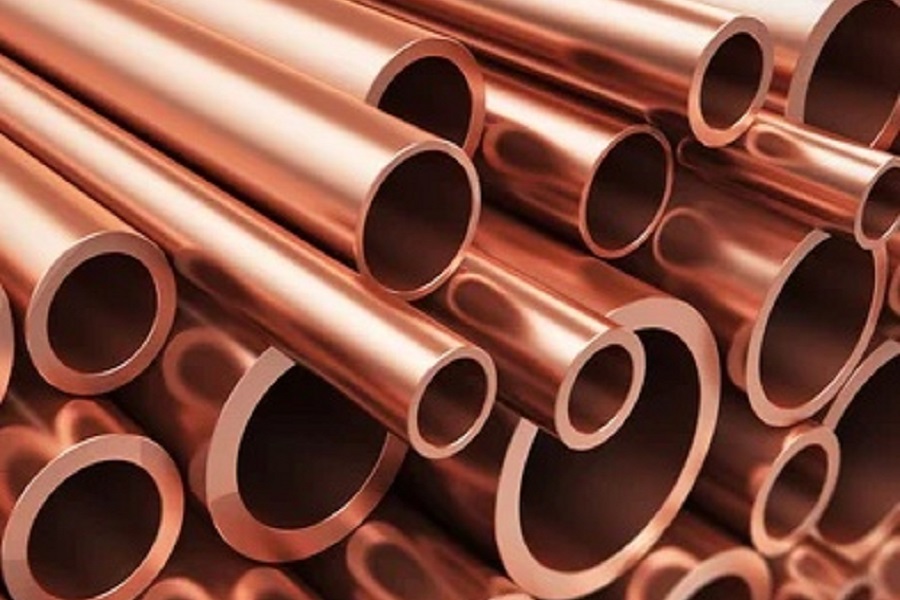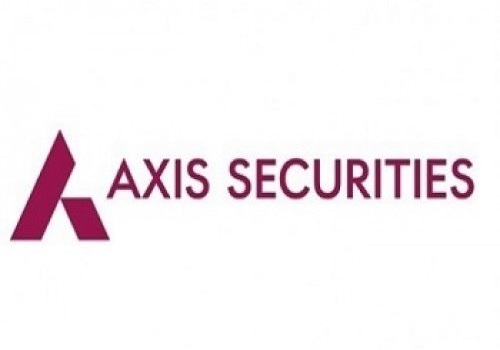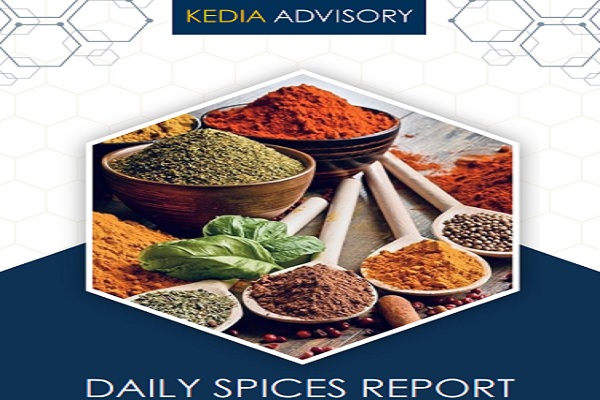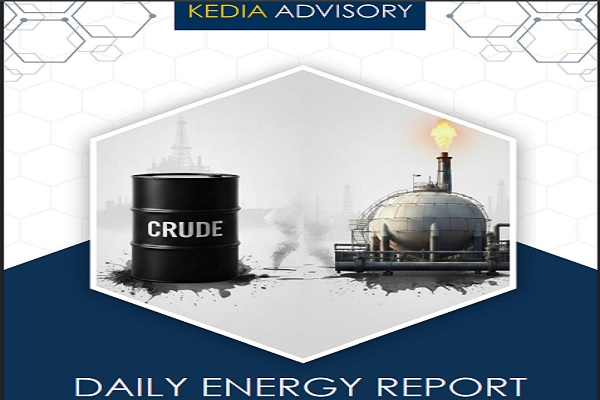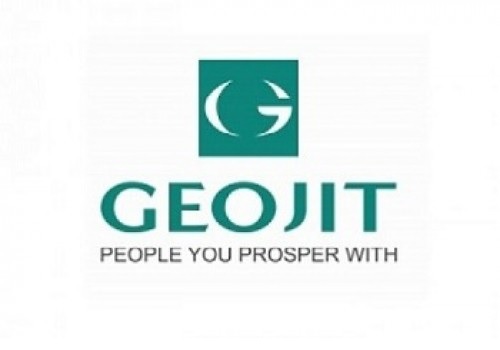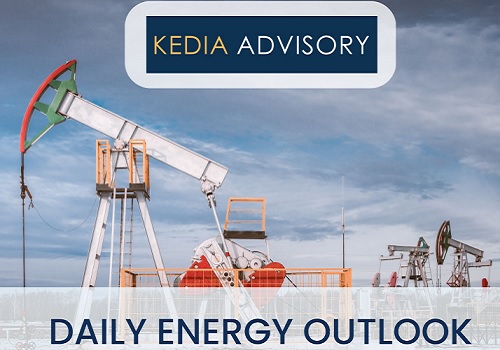Gold trading range for the day is 96810-98490 - Kedia Advisory

Gold
*Gold prices declined by 0.28% to settle at 97,545, pressured by a stronger dollar in the wake of a significant US-EU trade agreement. The deal imposes a 15% tariff on various European goods, while the EU has pledged to purchase $750 billion in US energy and military equipment, boosting dollar demand and weighing on bullion. Market participants remain cautious ahead of a critical week featuring US economic data, including nonfarm payrolls, ADP employment, JOLTS job openings, and the PCE price index. The upcoming Federal Reserve policy announcement is also in sharp focus as investors await clues on future interest rate moves. On the supply front, Swiss gold exports surged 44% in June to the highest level since March, with shipments to the UK reaching 83.8 metric tons—marking the largest volume since August 2019. Gold held in London vaults rose by 177.8 tons to 8,776 tons, the highest since August 2023. In contrast, China’s gold imports declined for the second straight month in June, falling to 63 metric tons, the lowest since January. Physical demand across key Asian hubs, including China and India, remained weak as high prices led to discounts of up to $15/oz in India and varying premiums/discounts in other regions. Technically, the market is in long liquidation, with open interest dropping by 31.25% to 4,287. Immediate support lies at 97,180, followed by 96,810. Resistance is seen at 98,020, and a breakout above could push prices toward 98,490.
Trading Ideas:
* Gold trading range for the day is 96810-98490.
* Gold dropped pressured by a stronger dollar following the announcement of the US-EU trade agreement.
* US-EU deal includes 15% tariffs on EU goods, $750B EU energy purchases.
* Swiss gold exports to UK surged 44% in June to 83.8 metric tons
Silver
Silver prices remained flat at 113,053, showing no change on the day, as recent trade agreements between the US and key partners such as the EU, Japan, and Indonesia reduced safe-haven demand. The US-EU deal, which cut tariffs on European exports to 15% from the previously threatened 30%, shifted investor sentiment away from precious metals. Markets are now closely watching the ongoing US-China trade talks in Stockholm and the upcoming Federal Reserve policy decision, where rates are expected to remain unchanged, but guidance on future cuts, especially in September, will be crucial. On the investment front, silver continues to witness divergent trends. Indian retail investment demand remains strong, rising 7% year-over-year in the first half of 2025, reflecting solid price expectations. European retail investment also continues its recovery, although it still trails the elevated levels seen during 2020–2022. Meanwhile, silver-backed ETPs saw net inflows of 95 million ounces in H1 2025, already surpassing the full-year 2024 total. Global holdings reached 1.13 billion ounces, just 7% below their 2021 peak. Fundamentally, silver remains supported by a forecasted supply deficit in 2025—its fifth consecutive year. Industrial demand, projected to rise 3% and surpass 700 million ounces for the first time, remains the primary driver, supported by green energy applications. Technically, silver is under fresh selling pressure with a 0.77% rise in open interest to 16,114. Support lies at 112,605 and 112,155, while resistance is seen at 113,460 and 113,865.
Trading Ideas:
* Silver trading range for the day is 112155-113865.
* Silver prices stayed weak as trade deals reduced safe-haven investment demand.
* US and European Union reached a trade deal that imposes a 15% tariff on most EU exports, down from the 30% previously threatened.
* Indian silver investment rose 7% in H1 2025 amid strong price expectations.
Crude oil
Crude oil prices surged by 2.35% to settle at 5,781, driven by renewed geopolitical tensions and supportive inventory data. The rally followed the announcement of a trade deal between the U.S. and the European Union, which included a commitment by the EU to purchase $750 billion in U.S. energy—though the specifics of this agreement remain vague. Additionally, former President Donald Trump announced a significantly shortened 10 to 12-day deadline for Russia to agree to a ceasefire in Ukraine, down from the previous 50 days, threatening 100% tariffs on Russian goods if no truce is reached. On the supply side, bullish sentiment was reinforced by a larger-than-expected drawdown in U.S. crude inventories, which fell by 3.169 million barrels for the week ended July 18, surpassing forecasts of a 1.6 million barrel decline. Gasoline stocks also dropped by 1.738 million barrels, while distillate fuel stocks rose by 2.931 million barrels. However, Cushing, Oklahoma, storage levels rose modestly by 455,000 barrels. Meanwhile, the U.S. Energy Information Administration (EIA) revised down its crude oil production forecast for 2025 to 13.37 million bpd, slightly below last month's estimate, citing reduced drilling activity and market uncertainty. Technically, crude oil is witnessing short covering as open interest dropped by 9.57% to 10,409. Immediate support lies at 5,685 and 5,590, while resistance is pegged at 5,847, with a potential upside toward 5,914 if momentum continues.
Trading Ideas:
* Crudeoil trading range for the day is 5590-5914.
* Crude oil gained as optimism grew from a US-EU trade deal and fresh comments from President Trump on Ukraine.
* Trump shortens Russia ceasefire deadline to 10–12 days, boosting geopolitical risk.
* On the supply side, an OPEC+ panel is unlikely to alter existing plans to raise oil output when it meets on Monday.
Natural gas
Natural gas prices fell by 2.08% to settle at 267.7, extending their July losses amid subdued weather-driven demand and robust supply conditions. Forecasts for milder summer heat across North America curbed expectations for strong cooling-related demand, limiting gas consumption by the power sector. Meanwhile, production remained resilient, with output in the Lower 48 states averaging 107.2 billion cubic feet per day (bcfd) in July—surpassing the June record of 106.4 bcfd. This persistent oversupply weighed heavily on market sentiment. Storage data further underscored the bearish tone. U.S. utilities injected 23 billion cubic feet of gas into storage during the week ending July 18, slightly below the forecasted 28 bcf, but still aligning with seasonal trends. Total gas inventories now stand at 3.075 trillion cubic feet, about 6% above the five-year average, and only 4.7% below year-ago levels. On the export front, LNG flows rebounded to 15.8 bcfd in July as several key U.S. liquefaction terminals resumed operations post-maintenance. According to the EIA’s latest Short-Term Energy Outlook, U.S. dry gas production is projected to reach a record 105.9 bcfd in 2025, while domestic consumption will also hit a high of 91.3 bcfd. Technically, the market is under fresh selling pressure, reflected in a sharp 29.02% jump in open interest to 35,788 contracts. Immediate support is seen at 263.8, with further downside possible to 259.8. Resistance is pegged at 274.6 and 281.4 on the upside.
Trading Ideas:
* Naturalgas trading range for the day is 259.8-281.4.
* Natural gas prices fell on weaker-than-expected heat and strong July production.
* U.S. Lower 48 gas output averaged 107.2 bcfd in July, topping June’s record.
* Gas inventories remain 6% above seasonal average, indicating an oversupplied market.
Copper
Copper prices ended marginally higher, settling at 896.35 with a minimal gain of 0.01%, as traders awaited the outcome of renewed U.S.-China trade talks and key economic data from both nations. While the talks bring cautious optimism, upside momentum remains capped due to lingering concerns over demand in top consumer China amid the ongoing tariff standoff. China faces an August 12 deadline to reach a deal with the U.S., keeping the market on edge. On the supply side, inventory data revealed mixed trends. LME copper stocks climbed to a one-and-a-half-month high of 128,475 metric tons, while SHFE inventories dropped 13.17% to a seven-month low of 73,423 mt, highlighting regional divergences. COMEX copper inventories surged to 248,635 mt—marking a seven-year high. Meanwhile, global refined copper showed a 97,000 mt surplus in May, reversing April’s deficit, with year-to-date data indicating a balanced market. On the production front, Glencore’s announcement to shutter its final Mount Isa copper mines in Australia by mid-2025, and the suspension of Katanga and Mopani operations in Africa, is expected to remove 400,000 mt of annual copper supply, tightening global availability. Conversely, Chile's Codelco and Antofagasta posted production increases of 9% and 11% respectively in H1 2025, adding supply back into the system. China’s copper imports rose 8.7% in June, reflecting restocking efforts ahead of expected tariffs starting August 1. Technically, the copper market is under fresh buying as open interest rose 10.63% to 7,245. Support is seen at 893.4 and 890.5, while resistance is at 899.8 and 903.3.
Trading Ideas:
* Copper trading range for the day is 890.5-903.3.
* Copper prices held firm ahead of the resumption of talks between top U.S. and Chinese officials on trade.
* China faces an August 12 deadline to reach a tariff agreement with U.S. President Donald Trump's administration.
* LME copper inventories rise to a one-and-a-half-month high, while SHFE copper inventories hit a nearly seven-month low.
Zinc
Zinc prices fell by 0.37% to settle at 266.85 as markets turned cautious ahead of high-level trade talks between the U.S. and China in Stockholm. While the broader industrial metals complex found some support from China's plans to stimulate growth in key sectors like machinery, autos, and electrical equipment, zinc faced headwinds from weaker short-term demand and rising inventories. SHFE-monitored zinc stockpiles rose 8.8% last week, signaling a temporary oversupply in the market. Despite sluggish purchasing by Chinese buyers, hopes persist for improved demand on the back of higher consumer spending and resilient Q2 economic data from China. On the supply side, several key disruptions are tightening zinc availability. Chinese smelters are cutting production due to oversupplied capacity and recent flooding in southern regions. Output from the world’s largest zinc mine—Teck Resources’ Red Dog in Alaska—dropped 20% in Q1, while Australia’s Nyrstar plans to reduce 2025 production by 25% due to unviable treatment charges. Global supply pressures were evident in the International Lead and Zinc Study Group data, which showed a market deficit of 44,100 metric tons in May, reversing April’s surplus of 17,300 tons. However, the year-to-date surplus stands at 88,000 tons, though it’s sharply down from 214,000 tons in the same period last year. Technically, zinc is under fresh selling pressure with open interest rising by 5.08% to 3,660. Immediate support lies at 265.8 and 264.6, while resistance is seen at 268.2, with a potential upside toward 269.4.
Trading Ideas:
* Zinc trading range for the day is 264.6-269.4.
* Zinc dropped as investors are focused on a potential trade deal with the China ahead of a meeting scheduled between U.S. and Chinese officials.
* China’s economy slowed less than expected in the second quarter in a show of resilience against U.S. tariffs.
* Zinc inventories in warehouses monitored by the Shanghai Futures Exchange rose 8.8% from last Friday.
Aluminium
Aluminium prices remained unchanged at 254.2, as the market balanced between supportive supply-demand fundamentals and cautious sentiment ahead of the ongoing U.S.-China trade discussions. Optimism surrounding China's industrial demand provided a floor to prices, bolstered by Beijing’s recent pledge to stabilize industrial growth and news of a CNY 1.2 trillion hydroelectric dam project—signaling increased infrastructure spending. However, concerns over weak international demand and rising inventories capped upside momentum. On the supply side, global primary aluminium output rose by 0.9% year-on-year in June to 6.045 million tonnes, according to the International Aluminium Institute (IAI). China's June production rose 3.4% year-on-year to 3.81 million tonnes, although it dropped 3.23% month-on-month. Cumulatively, China produced 22.38 million tonnes in the first half of 2025, up 3.3% year-on-year. SHFE-monitored aluminium inventories rose 6.4% weekly, indicating temporary oversupply in domestic markets. Export activity showed mixed signals. China's aluminium exports in June dropped to 489,000 tonnes from May’s 547,000 tonnes, and year-to-date exports fell 5.1% to 2.43 million tonnes. Meanwhile, Japanese buyers agreed to a sharply lower premium of $108 per metric ton for Q3 shipments, down 41% from Q2, reflecting subdued regional demand. Stocks at Japan’s three major ports also dropped 4.3% to 316,700 tonnes by the end of June. Technically, aluminium is under fresh selling pressure as open interest rose 11.02% to 4,704 contracts. Immediate support is at 253.7 and 253.2, while resistance lies at 254.8 and 255.4 on the upside.
Trading Ideas:
* Aluminium trading range for the day is 253.2-255.4.
* Aluminium settled flat amid the outlook of lower supply and improved demand from China.
* Support also seen after Beijing's recent pledge to stabilize industrial growth, while traders monitored developments in China-U.S. trade talks.
* Aluminium inventories in warehouses monitored by the Shanghai Futures Exchange rose 6.4% from last Friday
Turmeric
Turmeric prices declined by 0.4% to settle at 12,904, pressured by expectations of increased acreage supported by favorable monsoon conditions. Daily arrivals rose to 13,660 quintals from 11,940 in the previous session, indicating a marginal uptick in supply. Sowing activity has benefited from dry weather, and early estimates suggest that turmeric acreage for the 2024–25 season may rise by 15–20%, as farmers shift from less profitable crops. The area under turmeric cultivation is reported at 3.30 lakh hectares, a 10% increase from the previous year. However, production may not increase proportionally due to concerns over untimely rains and crop quality, especially in regions like Nanded, where smaller rhizomes and crop rots have been observed. Yields are expected to decline by 10–15%. Despite the expected increase in acreage, market sentiment remains supported by steady trade activity and lower output projections. At Duggirala mandi, strong demand continues for new crop arrivals, with fresh stock commanding premiums over older inventory due to better quality. With 50–55% of the crop already traded and harvesting still underway, arrivals are expected to remain firm through June. Turmeric exports saw robust growth, rising by 8.37% during April–May 2025 to 34,162.28 tonnes. In May alone, exports rose 10.28% year-on-year and 28.41% month-on-month, supporting overall demand. Technically, the market is under long liquidation, with open interest down by 0.9% to 17,620. Immediate support is at 12,722, and a break below could lead to 12,538. Resistance lies at 13,078, above which prices may test 13,250.
Trading Ideas:
* Turmeric trading range for the day is 12538-13250.
* Turmeric prices dropped due to expected increase in acreage.
* Turmeric acreage is expected to increase by 15-20% this season, supported by low competitive crop prices.
* In April 2025 around 14,956.80 tonnes were exported as against 14,109.10 tonnes in April 2024 showing a rise of 6%.
* In Nizamabad, a major spot market, the price ended at 13935.45 Rupees gained by 0.23 percent.
Jeera
Jeera prices declined by 0.64% to settle at 18,670, as weak domestic and export demand continued to weigh on sentiment post the retail season. Traders attributed the fall to the seasonal slowdown and reduced interest from foreign buyers, despite geopolitical disruptions in other major jeera-producing countries such as Syria, Turkey, and Afghanistan. Comfortable domestic supplies and low export inquiries are keeping pressure on prices, with around 20 lakh bags still with farmers. Of this, only 3–4 lakh bags are expected to be traded by season’s end, leaving an estimated carry-forward stock of 16 lakh bags. Although the current season is expected to mirror last year’s production at around 90–92 lakh bags—down from 1.10 crore bags in the previous year—the lack of aggressive buying interest continues to limit upward price movement. Meanwhile, estimates from other producing nations have been revised lower due to adverse weather conditions, with China expected to produce only 70–80 thousand tons, and Syria, Turkey, and Afghanistan collectively contributing a modest amount. On the export front, jeera shipments during April–May 2025 dropped 27.07% year-on-year to 42,925.74 tonnes. However, May 2025 exports rose 11.26% from May 2024 and jumped 17.68% month-on-month from April, indicating some recovery. Technically, the market is under long liquidation with open interest falling by 5.15% to 5,751. Jeera finds immediate support at 18,530, with a break below potentially dragging prices to 18,400. Resistance is seen at 18,780, and a move above could test 18,900.
Trading Ideas:
* Jeera trading range for the day is 18400-18900.
* Jeera prices dropped due to weak domestic post retail season.
* Only 3-4 lakh bags are expected to be traded by the end of the season, leaving a carry-forward stock of about 16 lakh bags
* Total arrivals witnessed a marginal increase to 12,000 bags (55 kg each) as against 11,800 bags on the previous day.
* In Unjha, a major spot market, the price ended at 19450.85 Rupees gained by 0.35 percent.
Views express by all participants are for information & academic purpose only. Kindly read disclaimer before referring below views


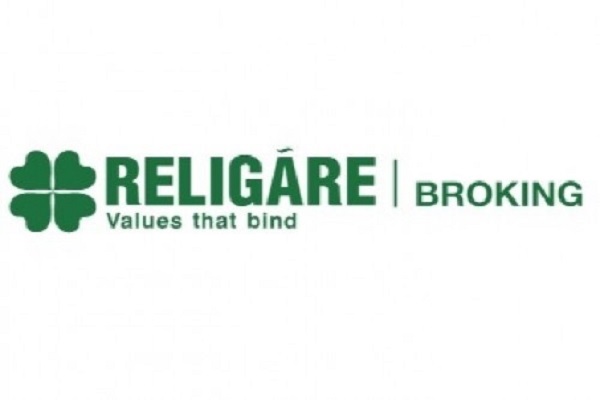


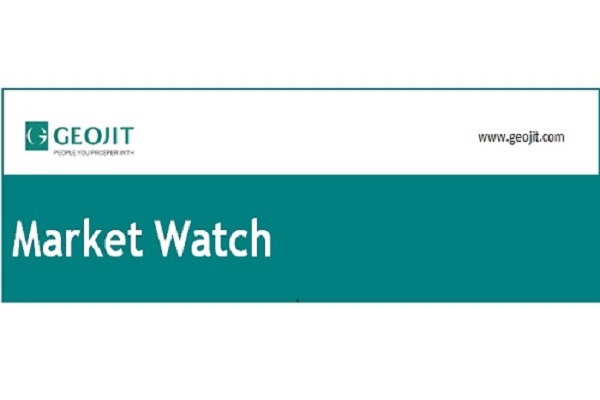
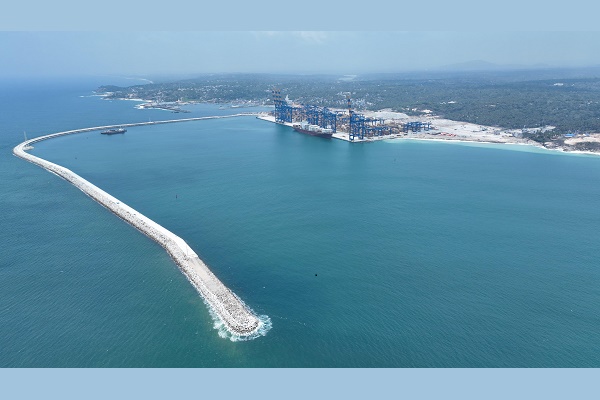
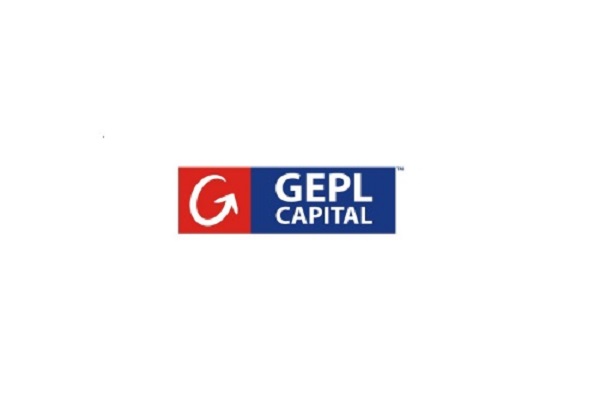
_Securities_(600x400).jpg)








